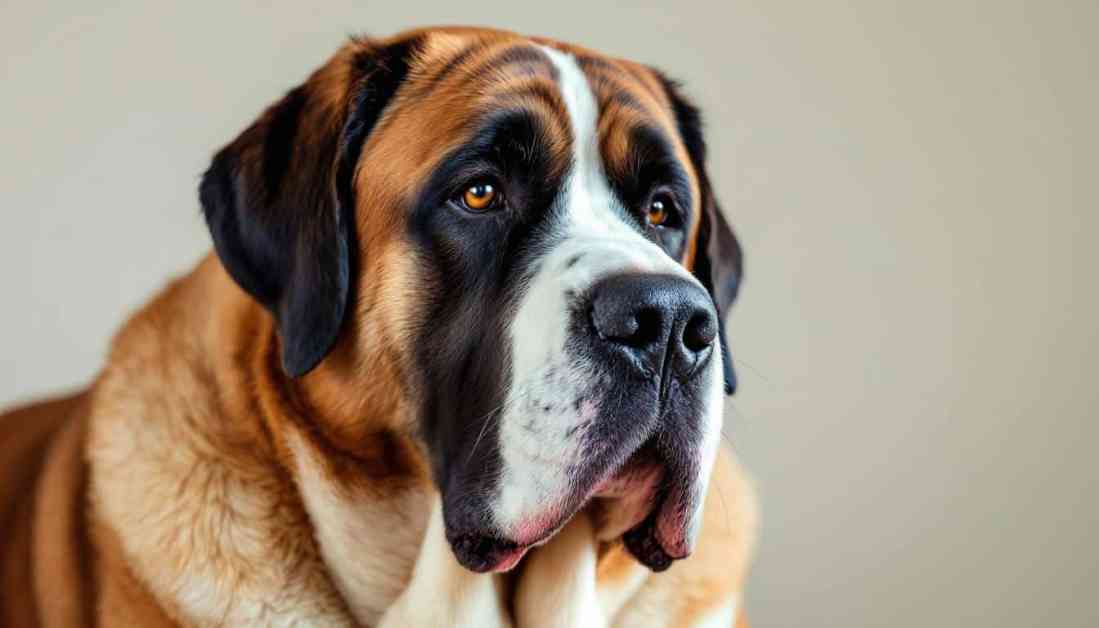Large dog breeds are a popular choice for many families seeking loyal companions with gentle natures. From German Shepherds to Labrador Retrievers, these magnificent canines offer protection, affection, and unwavering loyalty. However, adopting a large dog comes with specific considerations to ensure a happy and healthy life for both the pet and its family.
Exploring Popular Large Dog Breeds
German Shepherd: The Versatile Protector
German Shepherds are known for their intelligence and loyalty, making them excellent protectors and companions. Originally bred as herding dogs, they have transitioned into roles such as police and military work. Their need for consistent training and mental stimulation is essential for their well-being.
Labrador Retriever: The Family Favorite
Labrador Retrievers are the ideal family pet, known for their friendly nature, intelligence, and adaptability. Topping the American Kennel Club’s list as the most popular dog breed for 31 consecutive years, Labs excel in various activities and require regular exercise to maintain their health.
Golden Retriever: The Gentle Soul
Golden Retrievers are renowned for their friendly and patient temperament, making them great therapy dogs and companions for children. Like Labs, they are intelligent and eager to please, requiring regular grooming, exercise, and mental stimulation to prevent boredom-related behaviors.
Great Dane: The Gentle Giant
Despite their imposing size, Great Danes are known as “gentle giants” for their calm and friendly nature. While they make surprisingly good apartment dogs, they are prone to health concerns such as bloat and have a shorter lifespan compared to other breeds.
Rottweiler: The Loyal Guardian
Rottweilers are powerful dogs with a strong protective instinct, making them excellent companions when properly trained and socialized. Large dog breeds, like Rottweilers, are often better behaved and less aggressive than small breeds, according to a study from the University of Veterinary Medicine in Vienna.
When considering adopting a large dog breed, it is crucial to research their specific needs and characteristics to ensure a good fit for your lifestyle. While breed characteristics provide a general idea, meeting the dog in person before adoption is always recommended.
Space and Exercise Needs for Large Dogs
Living Space Requirements
Contrary to popular belief, many large dogs can adapt well to apartment living with enough indoor space to move comfortably. Providing at least 100 square feet of living space allows them to stretch out, play, and relax without feeling cramped.
Exercise Routines
Large dogs require at least 1-2 hours of exercise daily to maintain their physical and mental health. Regular exercise helps prevent behavioral problems and ensures their well-being. A sample exercise routine may include walks, playtime, and trips to the dog park.
Outdoor Access Considerations
While a yard is not necessary for large dogs, it can make exercise easier. Ensure the yard is securely fenced and provide access to nearby parks for off-leash running. Indoor activities, such as hide-and-seek and training sessions, also provide mental stimulation for large breeds.
Large dogs have specific space and exercise needs, but with proper planning and commitment, they can thrive in various living situations. Consistent exercise and mental stimulation are key to their well-being.
How to Keep Large Dogs Healthy
Common Health Issues
Large dog breeds face specific health challenges, such as hip dysplasia, bloat, and arthritis. Regular vet check-ups, balanced nutrition, and preventive care are essential for their longevity and quality of life.
Nutrition and Diet
Large dogs require a diet formulated for their size to support rapid growth and prevent obesity. Portion control, balanced nutrients, and joint supplements can help maintain their health and well-being.
Preventive Care
Regular vet visits, vaccinations, parasite prevention, and dental care are crucial for large breed dogs. Early detection of health issues can lead to better outcomes and quality of life for these gentle giants.
Exercise and Joint Health
High-impact activities should be approached with caution, especially for growing puppies. Swimming, joint supplements, massage, and stretching can help maintain joint health and prevent conditions like arthritis.
Large breed dogs have unique nutritional needs that must be met to ensure their overall health and well-being. By providing the right diet, exercise, and preventive care, these gentle giants can thrive and become cherished family members.
In conclusion, adopting a large dog breed offers a rewarding experience with proper research and commitment. With responsible ownership, these gentle giants can provide protection, affection, and companionship while adapting to various lifestyles. By meeting their specific space, exercise, and health needs, large dogs can thrive and become cherished family members.





















